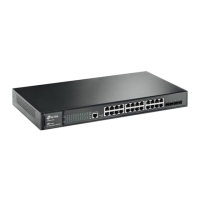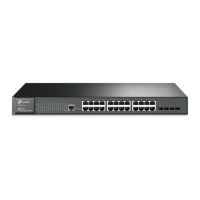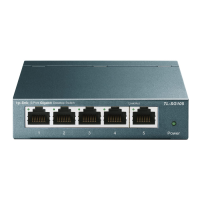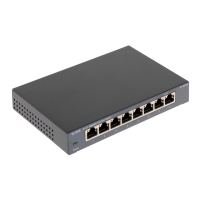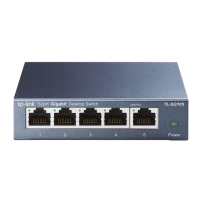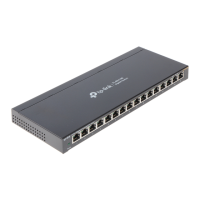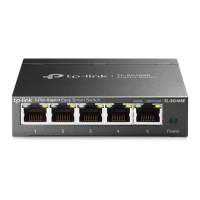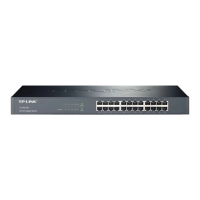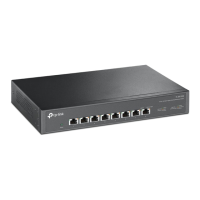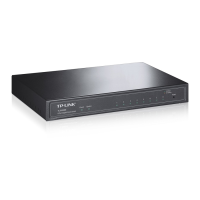1.4 Conventions
1.4.1 Format Conventions
The following conventions are used in this Guide:
Items in square brackets [ ] are optional
Items in braces { } are required
Alternative items are grouped in braces and separated by vertical bars. For example:
speed {10 | 100 | 1000 }
Bold indicates an unalterable keyword. For example: show logging
Normal Font indicates a constant (several options are enumerated and only one can be
selected). For example: mode {dynamic | static | permanent}
Italic Font indicates a variable (an actual value must be assigned). For example: bridge
aging-time
aging-time
1.4.2 Special Characters
You should pay attentions to the description below if the variable is a character string:
These six characters ” < > , \ & can not be input.
If a blank is contained in a character string, single or double quotation marks should be
used, for example ’hello world’, ”hello world”, and the words in the quotation marks will be
identified as a string. Otherwise, the words will be identified as several strings.
1.4.3 Parameter Format
Some parameters must be entered in special formats which are shown as follows:
MAC address must be enter in the format of xx:xx:xx:xx:xx:xx.
One or several values can be typed for a port-list or a vlan-list using comma to separate.
Use a hyphen to designate a range of values, for instance,1/0/1,1/0/3-5,1/0/7 indicates
choosing port 1/0/1,1/0/3,1/0/4,1/0/5,1/0/7.
19
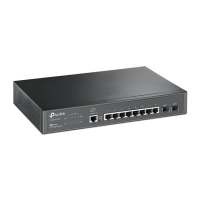
